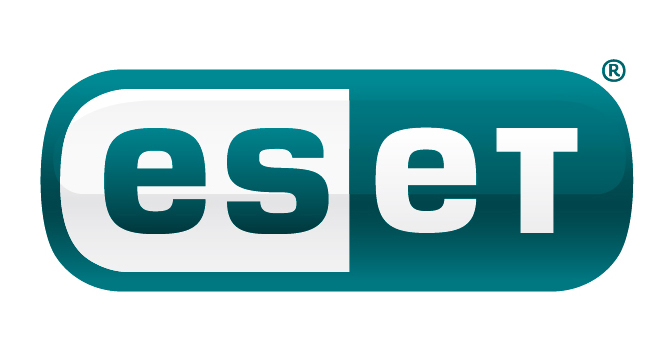Tell el-Retaba – not only a fortress…
22. May 2013
Tell el-Retaba – not only a fortress…
Recent results of the Polish-Slovak Archaeological Mission
Institut für Ägyptologie der Universität Wien
Jozef Hudec, Sławomir Rzepka, Anna Wodzińska
Tell el-Retaba is a site located on the eastern part of the Nile Delta, in Wadi Tumilat. It has
been excavated by the Polish-Slovak Archaeological Mission since 2007. Five years of
excavations revealed occupation layers of a city which was in use between Hyksos and Late
Periods.
Most archaeological material came from contexts dated to the New Kingdom and Third
Intermediate Period however it is now proved that Tell el-Retaba was settled during the
Hyksos period. Several Hyksos tombs were found and last year also remains of a settlement
located beneath domestics layers from the early 18th Dynasty.
Tell el-Retaba is usually associated with a fortress. The excavations already carried out by
Petrie at the beginning of the 20th century proved that at some periods the site was
surrounded by strong defense walls. The works of the Polish-Slovak Mission has brought to
light a strong evidence for the dating of this structure to the early 19th dynasty.
Tell el-Retaba did not function only as a fortress. Several houses dated to the Late 20th
Dynasty and Third Intermediate Period were found filled with animal bones, pottery
fragments, objects of daily life.
The most numerous material retrieved from excavated structures is pottery. The ceramic
vessels indicate mostly domestic use. Among Egyptian forms imported pots were also found,
especially in the New Kingdom units, reflecting foreign contacts of Tell el-Retaba – their
range and character.







